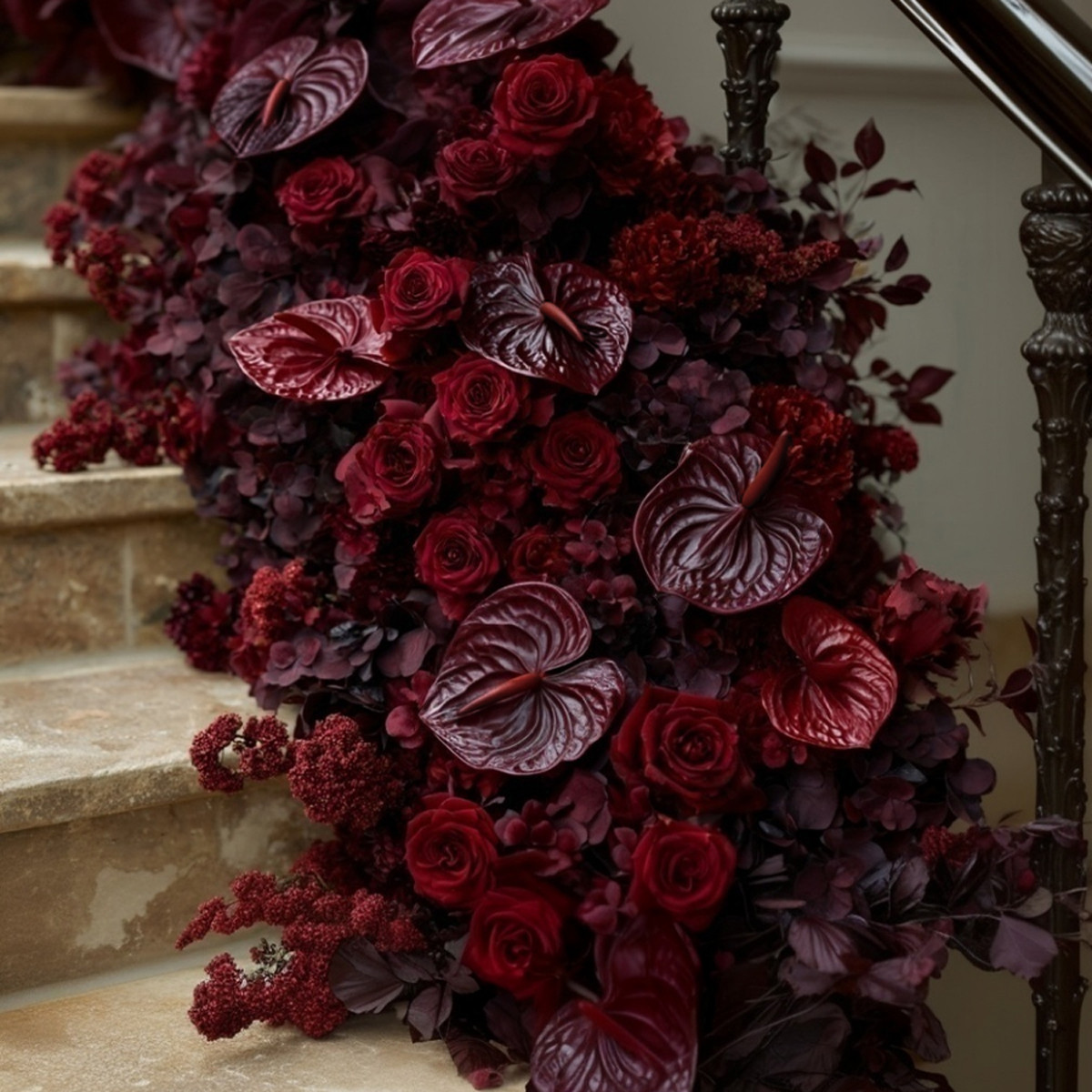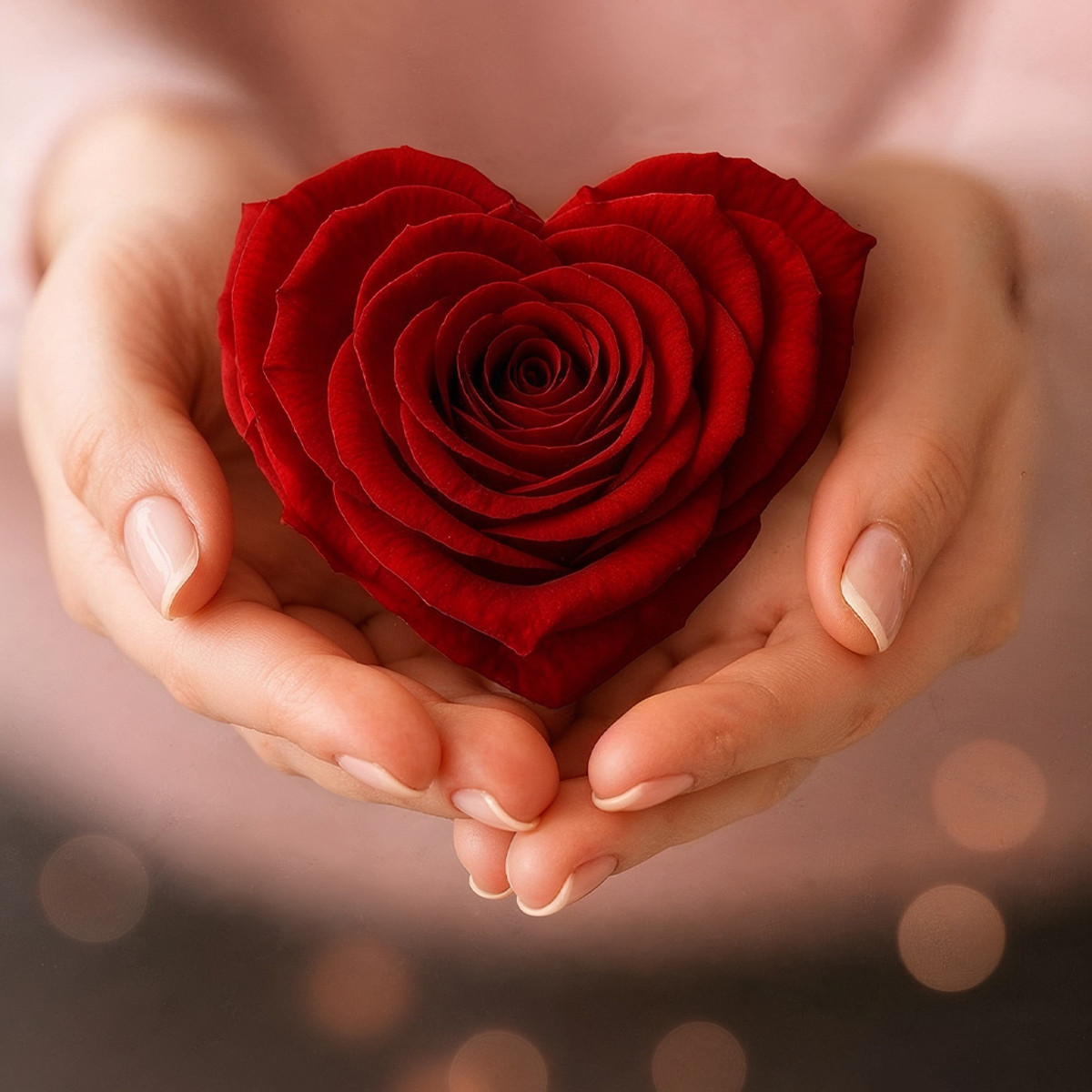
ECOLOGY
Why do preserved plants and flowers no longer need water?
Preserved plants and flowers are a real miracle of horticultural technology! Thanks to a natural, environmentally-friendly preservation process, they no longer need water to stay fresh and vibrant for years. We explain everything in this article.
How are flowers, greenery, and mosses preserved?
When it comes to preserving plants, there is not just one method, but dozens. In general terms, to preserve flowers and plants, a biodegradable solution based on glycerine and natural dyes is used to replace the plant’s natural sap. This way, they keep their suppleness and freshness without the need for regular watering. In fact, they shouldn't be watered at all. If you want to learn more about all the preservation methods, we encourage you to read this article. You will find out more about preservation by immersion, spraying preservation and much more.
How can preserved plants and flowers avoid wasting water?
Unlike fresh plants, which need regular watering to keep them supple and vibrant, preserved plants don’t need any water at all! This means significant water savings, preserving a precious and limited resource. By opting for these preserved plants, professionals are making a responsible and ecological choice, helping to considerably reduce water consumption in their projects and installations.
Not only is it good for the environment, but it’s also very practical! Indeed, if you're a florist, you'll prevent your flowers from deteriorating in the heat. If you are a wedding or event florist, you will be able to transport your flowers without water which can be a big challenge in terms of logistics. If you work in the hospitality sector, you or your team will no longer have to waste time watering plants regularly.
By avoiding wasting water, you'll save time and money.









Follow Us